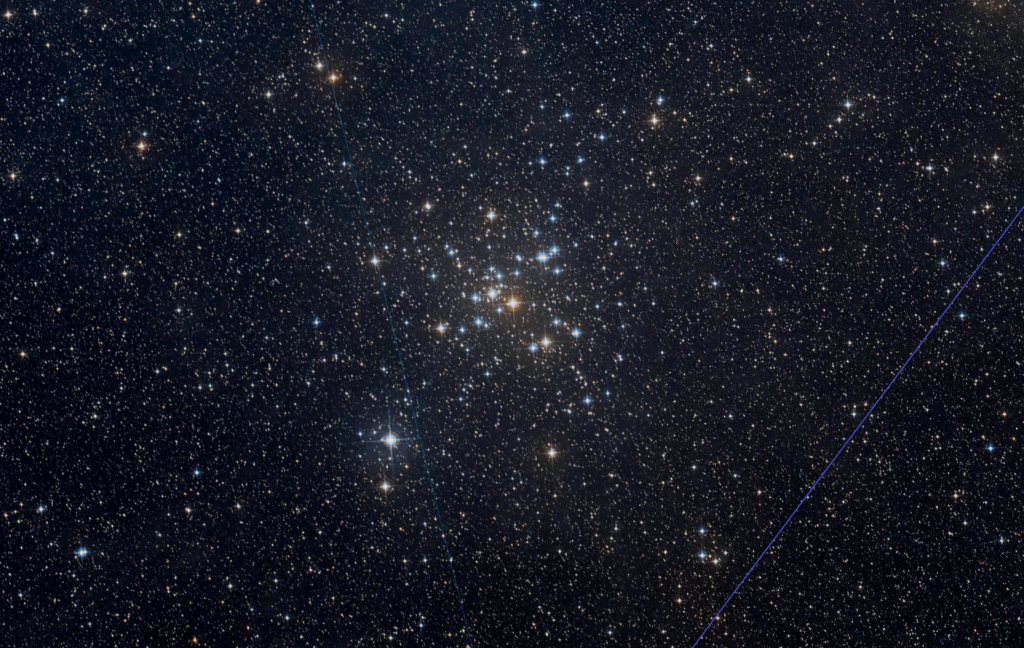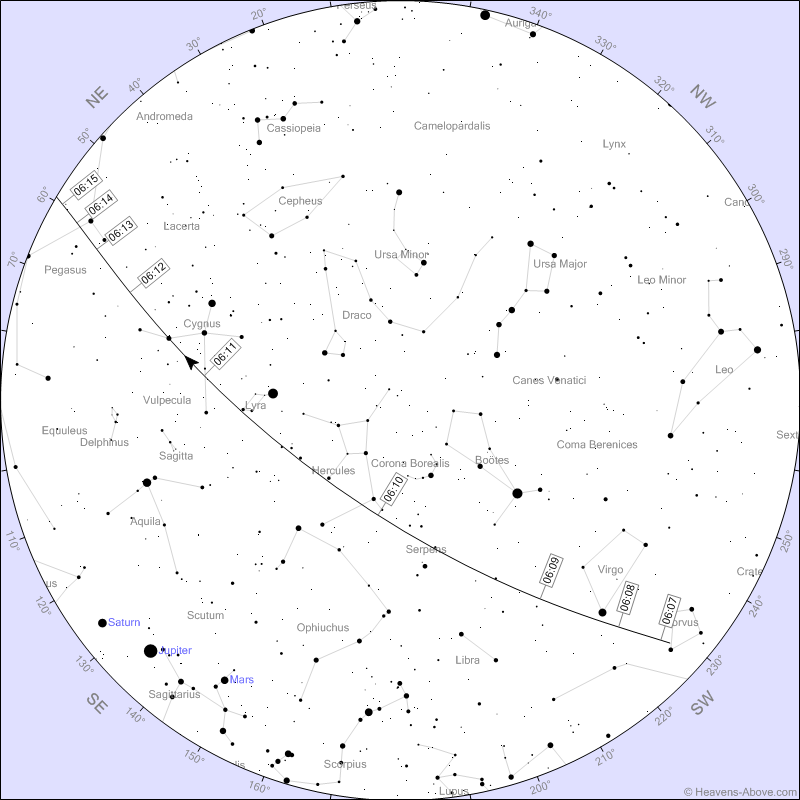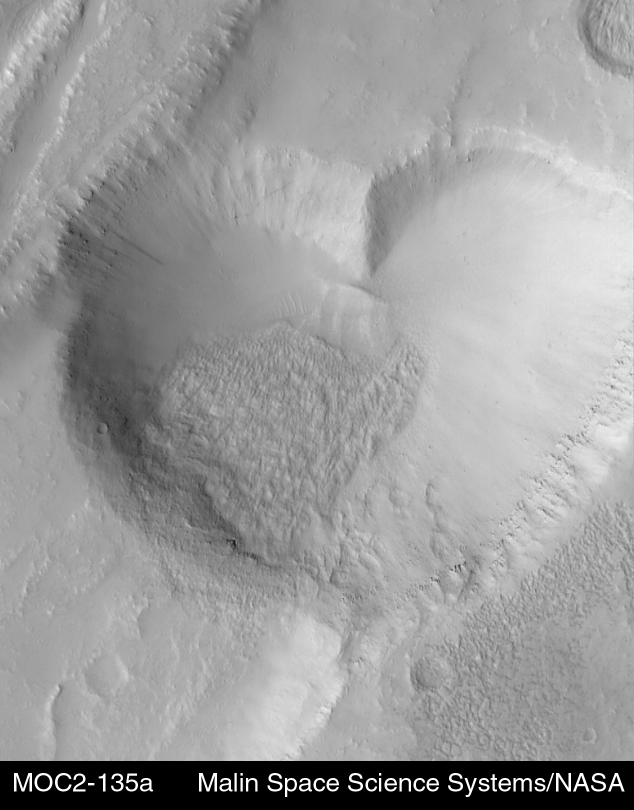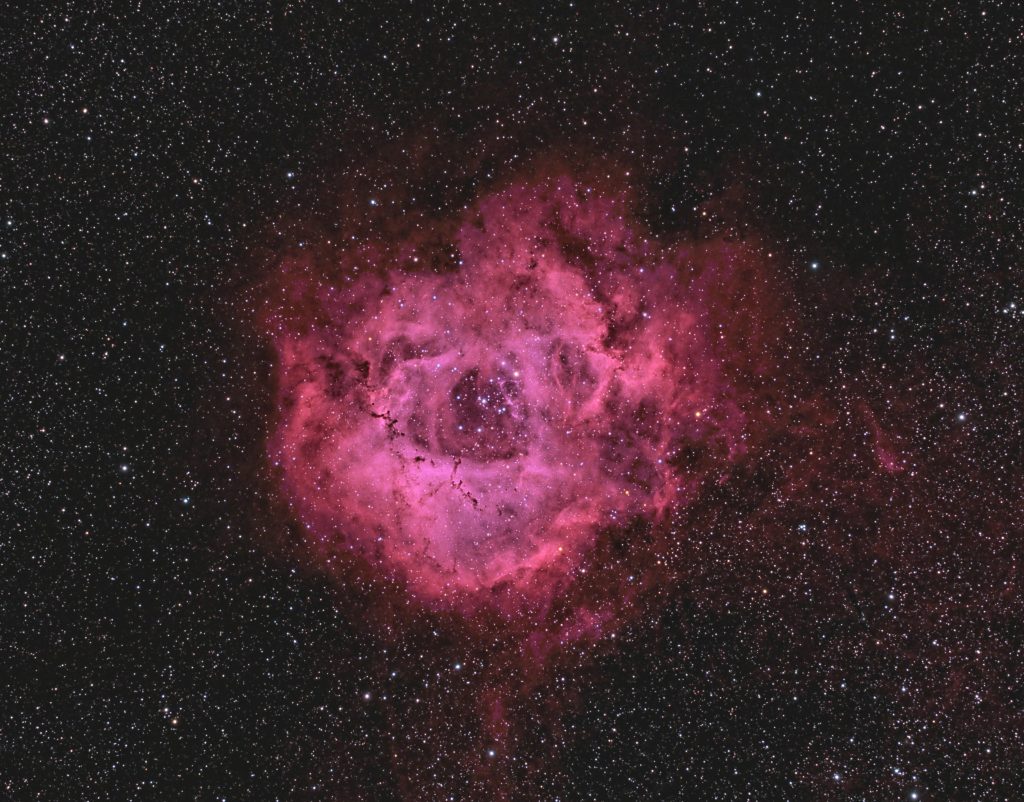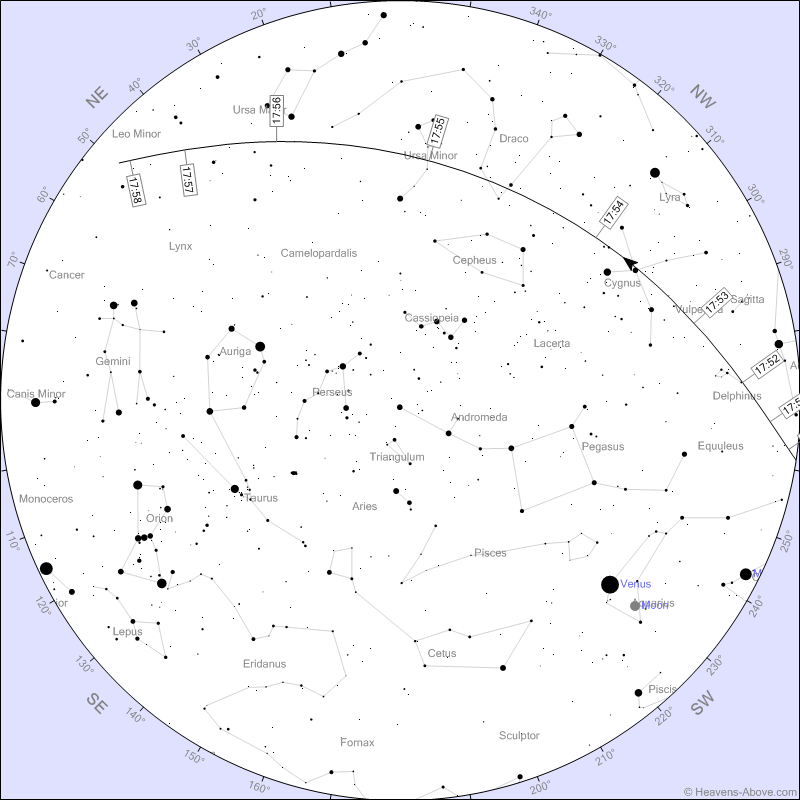A Lengthy Lunar Month Includes the Moon Meeting Venus and a Lunar X, Pre-Dawn Planets Align, and We Walk the Dog!
A close-up view of Messier 41, also known as the Little Beehive Cluster, in Canis Major. The area of the sky shown here is about four finger widths below Sirius, and spans about one finger width (or 1 degree) in height – so the cluster is as large as a full moon. Hello, Late-February Stargazers!…
Read more
